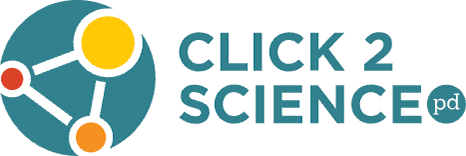4 Ways to Include English Learners in STEM

4 Ways to Include English Learners in STEM
Almost every afterschool setting should be prepared to support students and families whose first language is not English. Although there are many factors to consider when working with English-language learners, I wanted to share a few tips and tricks to help you prepare yourself and your program to welcome and include ELL’s.
It’s okay if you do not speak their language.
Even if a student or family doesn’t speak much English yet, they are learning quickly and you can still support them. Slow down your speech, use gestures, and smile to show that they are welcome in your program. In instruction, use extra demonstrations to show students what they should try to do.
View them as assets.
It is altogether too easy to think of teaching English learners as “difficult” or “challenging.” This stance only makes it more difficult for them to learn. Instead, try to recognize each student’s assets. Bilingualism has been shown to increase brainpower, and diversity in experiences can actually improve the work we do. Try to hold this asset view even though you may have to make changes to your teaching.
Not all English learners’ needs are the same.
Even students who come from the same county might have very different backgrounds. For example, students from Thailand might be of a wealthy class with no gaps in their education, and students from the Karen or Chin ethnic group, while also from Thailand, may have missed years of schooling while fleeing from the persecution of the Burmese government. Similarly, families from Mexico may have had very different experiences if they are from Mexico City or from an indigenous village. English-learning students may also be US-born. It is worth it to learn more about each family’s background.
Use pairing.
Even if it means pairing students unconventionally, it can be good to pair students who speak the same first language for a while, or at least until they get a feel for your program.
